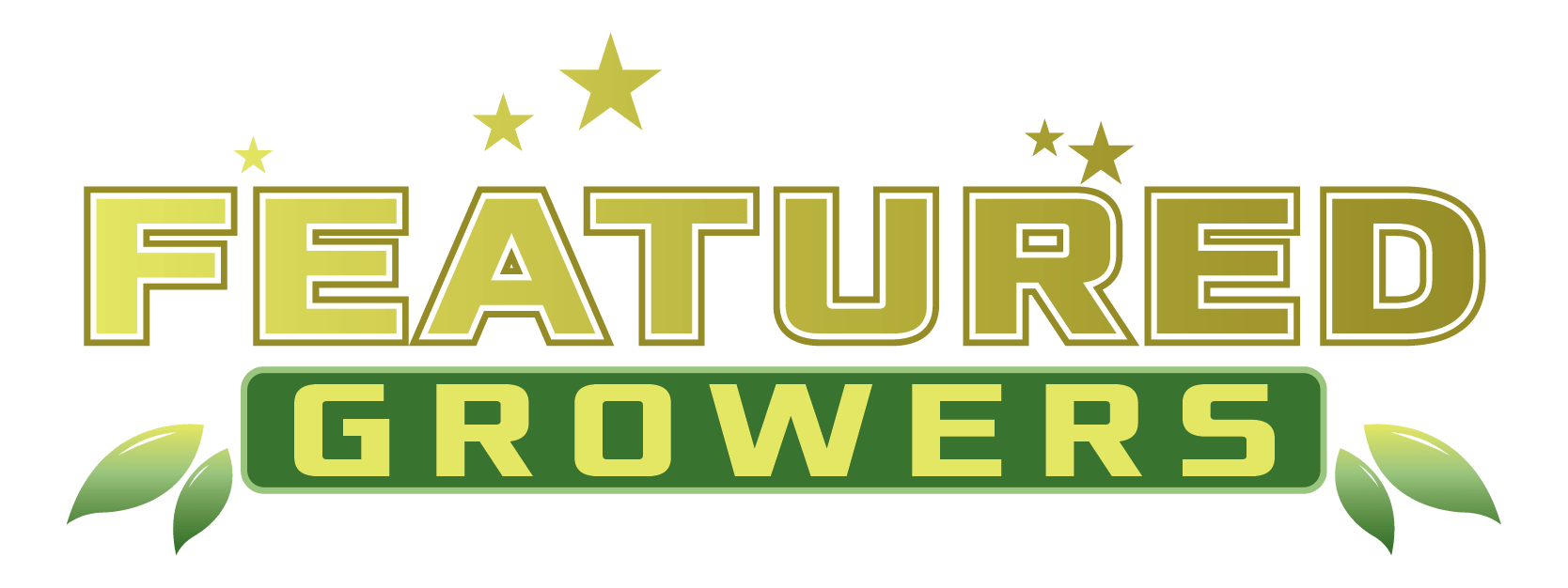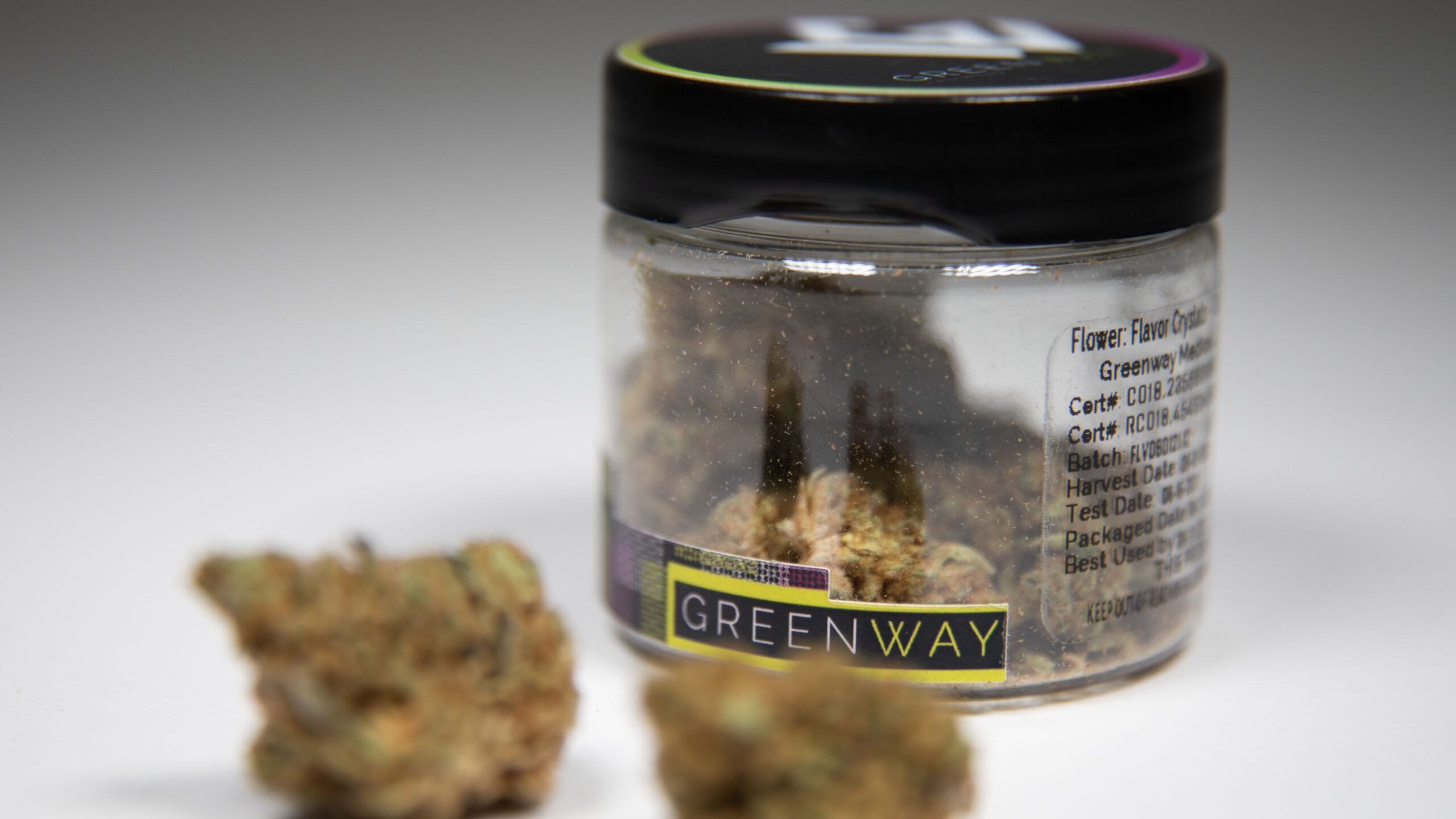For cannabis consumers, finding premium flower can be the difference between a forgettable experience and a game-changing session. While flashy packaging and celebrity endorsements may draw attention, quality cannabis is rooted in skilled cultivation practices. As the market expands, so does the range of products—and not all are grown equally. Knowing how to identify flower from a trusted cultivator is essential for both connoisseurs and curious shoppers.
Understanding the Cultivator’s Reputation
A good place to start is researching the brand or grower behind the product. Established cultivators often maintain a public presence through social media, grower awards, or features in industry publications. Look for brands that consistently rank in Cannabis Cup competitions or are highlighted in trusted platforms like Leafly, High Times, or Weedmaps. Cultivators such as Maven Genetics, Fig Farms, and CAM (California Artisanal Medicine) are known for their precision and passion, making them a safe bet for premium-quality flower.
In many legal markets, transparency is part of the branding. Top cultivators will share details about their growing practices, from organic methods and sustainable farming to indoor light spectrum control or living soil use. Consumers should seek this information out as a marker of authenticity.
Evaluate Lab Testing and COAs
Trusted cultivators always provide access to Certificates of Analysis (COAs) from third-party labs. These lab results verify not just THC or CBD content but also safety screenings for mold, pesticides, and heavy metals. More advanced COAs break down terpene profiles and cannabinoid diversity, offering insight into the effects and potential therapeutic value of the strain.
Cannabis connoisseurs often review these reports to match their desired experience. For example, a terpene-rich strain high in limonene may provide an uplifting effect, while one dominant in myrcene may promote relaxation.
Inspect the Flower’s Appearance
Visual inspection remains one of the most reliable methods to assess quality cannabis flower. Buds should be well-trimmed, resinous, and coated with visible trichomes (those crystal-like glands that house cannabinoids and terpenes). Coloration should be vibrant, ranging from bright green to deep purple hues depending on genetics. Dull or brownish tones may indicate oxidation, age, or poor curing.
Additionally, high-quality buds are typically dense and sticky to the touch. Avoid flower that is too dry, powdery, or full of visible stems and seeds—these are signs of low-grade or mishandled product.
Smell Tells the Story
The scent of cannabis flower—often referred to as its “nose”—is one of the best indicators of freshness and terpene richness. Trusted cultivators produce aromatic flower with strong, complex smells. Notes might include citrus, gas, pine, fruit, or spice, depending on the strain.
A lack of scent or a hay-like aroma could suggest improper drying or curing. These steps are critical in preserving potency and flavor. Seasoned consumers often equate a strong terpene profile with an enjoyable and effective experience.
Consider the Growing Method
While indoor-grown cannabis tends to be prized for its dense bud structure and high trichome production, outdoor and greenhouse-grown flower can also reach elite status when cultivated by experts. Consumers should be aware of the differences: indoor flower typically fetches a higher price, but top-tier sungrown options are now gaining traction for their eco-friendly footprint and robust terpene profiles.
Many reputable brands now include details about their growing methods on packaging or their website. Look for mentions of regenerative farming, no-till soil, or the use of beneficial insects—all hallmarks of quality, conscious cultivation.
Ask Your Budtender or Read Consumer Reviews
Budtenders are often trained on the product lineups carried by dispensaries and can be a wealth of information. Don’t hesitate to ask which cultivators the staff personally trust and what strains have received the best customer feedback. Similarly, online platforms like Leafly, Weedmaps, and Jane provide verified user reviews that highlight the strengths—and potential disappointments—of various cultivators and flower batches.
What to Look for in Trusted Flower: Key Takeaways
- Brand Reputation: Look for award-winning or widely respected cultivators.
- Lab Reports: Confirm terpene profile, cannabinoid content, and safety testing.
- Visuals: Seek dense, frosty, well-manicured buds.
- Aroma: Strong and distinct terpene smells signal freshness and quality.
- Cultivation Method: Learn how it was grown—indoor, sungrown, or organic.
- Community Feedback: Trust the wisdom of budtenders and online reviewers.

